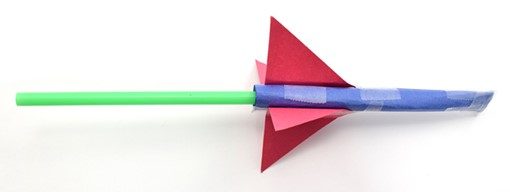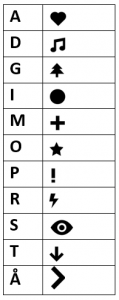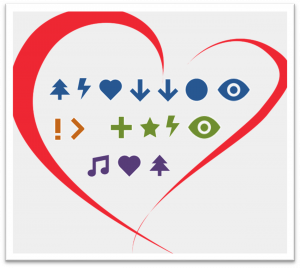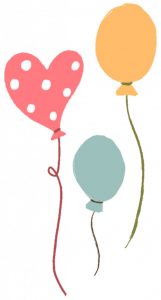We are going to test the strength of paper, folded in differently shaped columns, by piling books on top. This is very similar to how columns are used to support buildings and other structures.
 Triangle, square and circle. Which paper is the strongest?
Triangle, square and circle. Which paper is the strongest?
The Science Behind It
The cylinder can support the most books because it’s walls don’t have any edges. The force of the books cannot become concentrated in a particular area. The load is distributed evenly. In other words, all parts of the cylinder are sharing the load of the books. All parts of the cylinder, therefore, contribute to it’s overall strength until, finally, it collapses.
The square and triangle deform more easily. They shift the weight of the books to their edges and corners, which deforms their walls and leads to a quick collapse. They are unable to carry weight only at their edges.
Have you noticed columns in buildings and other structures, like parking garages? What shape are the columns? Are they on the inside of the building/structure to serve their practical purpose of supporting beams or arches? Or are they exterior columns which lend support but also beauty to the structure?
Early architects in several ancient civilizations used columns in architecture including the ancient Egyptians, Persians, Greeks and Romans.
Challenge Instructions
- Use regular copy paper, not card stock for this challenge.
- Fold each paper into the three shapes and secure with tape.
- Slowly pile books on top of each shape.
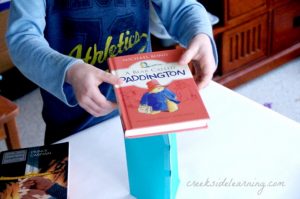
How many books can you pile on top of each shape? We did this experiment three times and got three different results, although the cylinder always bore the weight of three to four times the amount of books as the square or triangle.
© Copyright 2020 CreeksideLearning.com

 Triangle, square and circle. Which paper is the strongest?
Triangle, square and circle. Which paper is the strongest?


